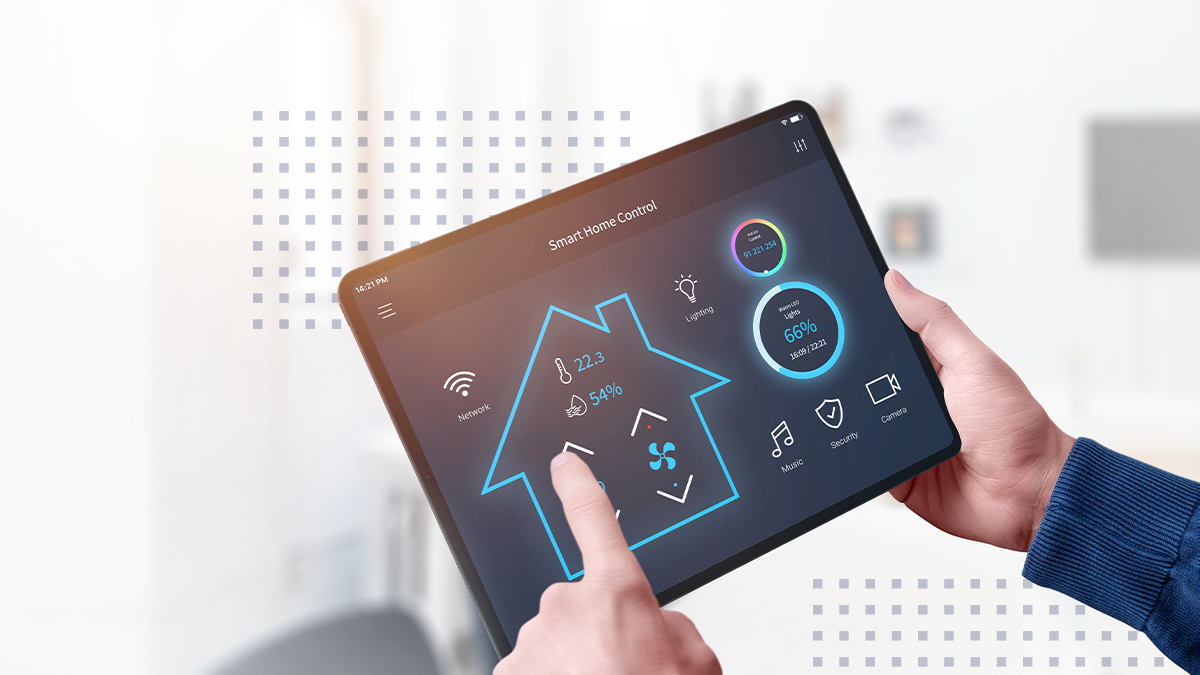How You Can Help Kids Avoid the Worst of Social Media

Earlier this year, United States Surgeon General Dr. Vivek Murthy released an advisory report titled “Social Media and Youth Mental Health.” Murthy’s report recognized that today’s kids are in a mental health crisis and social media could play a part in declining childhood happiness in the U.S. Murthy calls for increased research into social media’s impact on youth mental health, as well as action from policymakers and technology companies. The report comes as a growing number of states aim to tighten regulations on social media platforms, including efforts in Montana to ban TikTok.
Social media is now nearly ubiquitous among 13 to 17-year-olds. An overwhelming 95% of teens report using social media, with a third saying they use it “almost constantly.” And although 13 is commonly the minimum age to use social media sites in the US, the advisory notes that nearly 40% of kids ages 8 to 12 use the platforms, as well. “We must acknowledge the growing body of research about potential harms, increase our collective understanding of the risks associated with social media use, and urgently take action to create safe and healthy digital environments,” the advisory says.
The truth is kids are drawn to social media because they are at a vulnerable point where image, connection, and peer pressure play outsized roles in their lives. While social media can bring kids together, it can also be the means to tear them apart and break them down. The statistics on cyberbullying for kids aged 12-17 are staggering. Around 37% of children in that age group have been bullied online with 30% admitting that it’s happened more than once.
Unfortunately, social media apps look to device makers to protect children from the more bitter harms of social media, while device makers turn around and blame the social media companies. Everyone is passing the blame while parents are simply looking for solutions that allow their kids to access the internet without fear of bullying or peer pressure.
State and national lawmakers from Salt Lake City to Paris have taken note of the harms social media can inflict on children. Many states and federal governments are calling on social media platforms to enact more stringent age verification processes. Some legislatures also are requiring companies to collect parental consent for users under a certain age. This momentum could signal a sea change in how children and adults access the internet. But the work is far from over.
Social media monitoring tools such as Bark put power into the hands of parents who want to protect their kids online. Broadband service providers (BSPs) can take steps to alleviate concerned members of their community that want great control over how children access social media sites and stamp out bullying the second it happens. You have the power to protect the most vulnerable members of your community and give them a safe, rewarding online experience.
View the webinar and learn how you can help protect your community’s connected devices—schedule a Bark consultation today.
Related Articles



